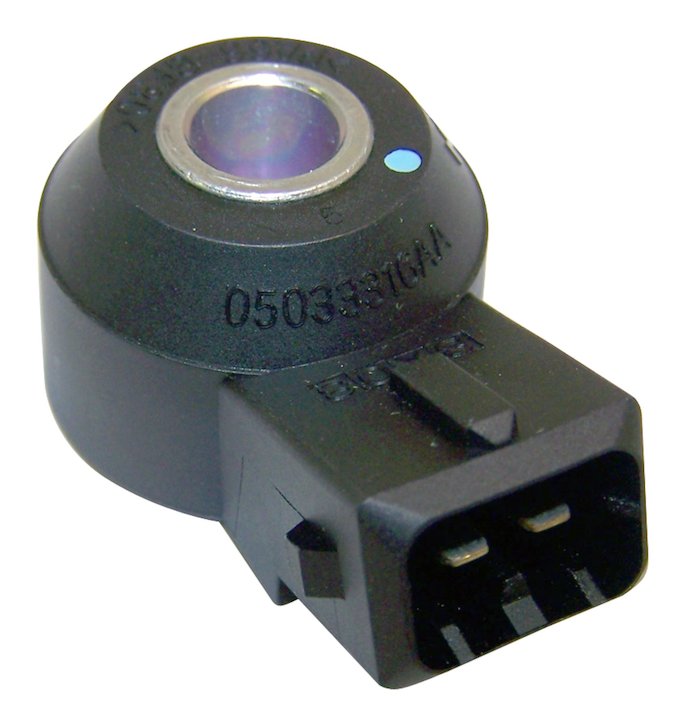

This will help prevent damage to the engine as it goes through the pre-ignition process. The main downside is that your car will be slower until the ignition timing returns to normal. Lowering the power output by retarding the ignition timing will decrease cylinder pressures, making the combustion event safer for the engine. The piston will be a little higher in the cylinder and the combustion event will not make as much power on the combustion stroke. Retarding (delaying) the ignition timing means the spark plugs fire a bit later than they used to.

From there, the module will delay the ignition’s timing and prevent engine detonation. Cruising knock is very common and much less concerning.Īn engine knock sensor is designed to detect these unplanned explosions and send a voltage signal to the ECU or powertrain control module. Cruising knock happens while driving at a constant speed.
#KNOCK SENSOR FULL#
There are countless variables in the environment that can’t always be controlled for, such as carbon buildup, fuel quality, and quick changes in the position of the throttle plate such as stabbing the gas.Įngine knock is usually only harmful when it happens at high loads, such as when you’re at full throttle. Virtually every engine knocks to some extent. That moment is usually just before the cylinder reaches top dead center (TDC) on the compression stroke. This air fuel mixture must be ignited at precisely the right moment. The Environmental Protection Agency does not allow such high emissions from a vehicle, which is why the decreased acceleration safety feature is put in place.Engine knock, pre-ignition, and pre-detonation are all names for explosions in the combustion chamber that happen when they’re not supposed to.Ī combustion engine requires a carefully balanced mix of air and fuel. With a faulty sensor, there is a chance that higher emissions are being produced from the engine because the engine may run hot. The knock sensor senses the vibrations of the engine and will decrease acceleration until the sensor is replaced. The slow timing is designed to allow you to get to safety or get the vehicle fixed, but not allow you to go very far. This is because the loss of power will slow the timing and keep the transmission out of drive until the sensor has been replaced. The vehicles that will lose the most power are high-compression and flex-fuel engines. How much power you will lose depends on the octane limit of the engine, and how heavily it relies on the knock sensor input. Once the computer realizes the knock sensor is not working properly, your vehicle will most likely lose power. If the Check Engine Light turns on, have a certified mechanic inspect your vehicle as soon as possible. If the knock sensor detects an abnormality, the computer will let you know with the Check Engine Light. This is true for the knock sensor as well. If the computer doesn’t recognize a sound, it will illuminate the Check Engine Light. The computer in the vehicle’s control system can detect the different sounds in the car’s engine. If you notice these things happening, you should have a certified mechanic from YourMechanic inspect why the car is slow to accelerate. If you notice something seems off with your vehicle, even if no light illuminates, it is best to have your car checked out by a mechanic.Ī bad knock sensor may also not let the engine accelerate properly while driving on the highway, and cause the vehicle to lose fuel mileage. One symptom of a bad knock sensor is the engine doesn’t feel right while driving at speed, or while the vehicle is carrying a light or heavy load. To get a better understanding of how a faulty knock sensor reacts, note the points below: It is basically the computer’s ear to the engine to determine if it is working properly. The purpose of the knock sensor is to sense unusual pulsations caused by the engine detonation.

A car knock sensor is located on the intake manifold, cylinder, or engine block.


 0 kommentar(er)
0 kommentar(er)
